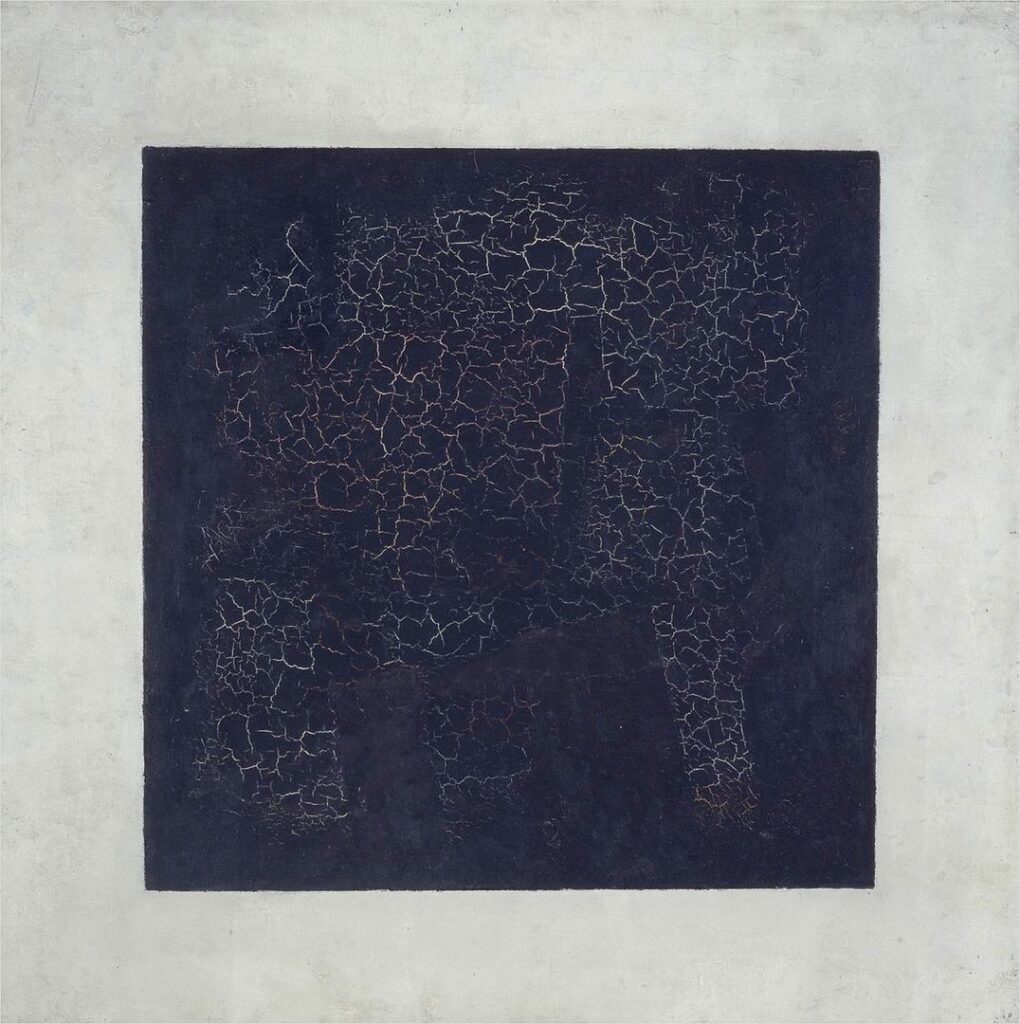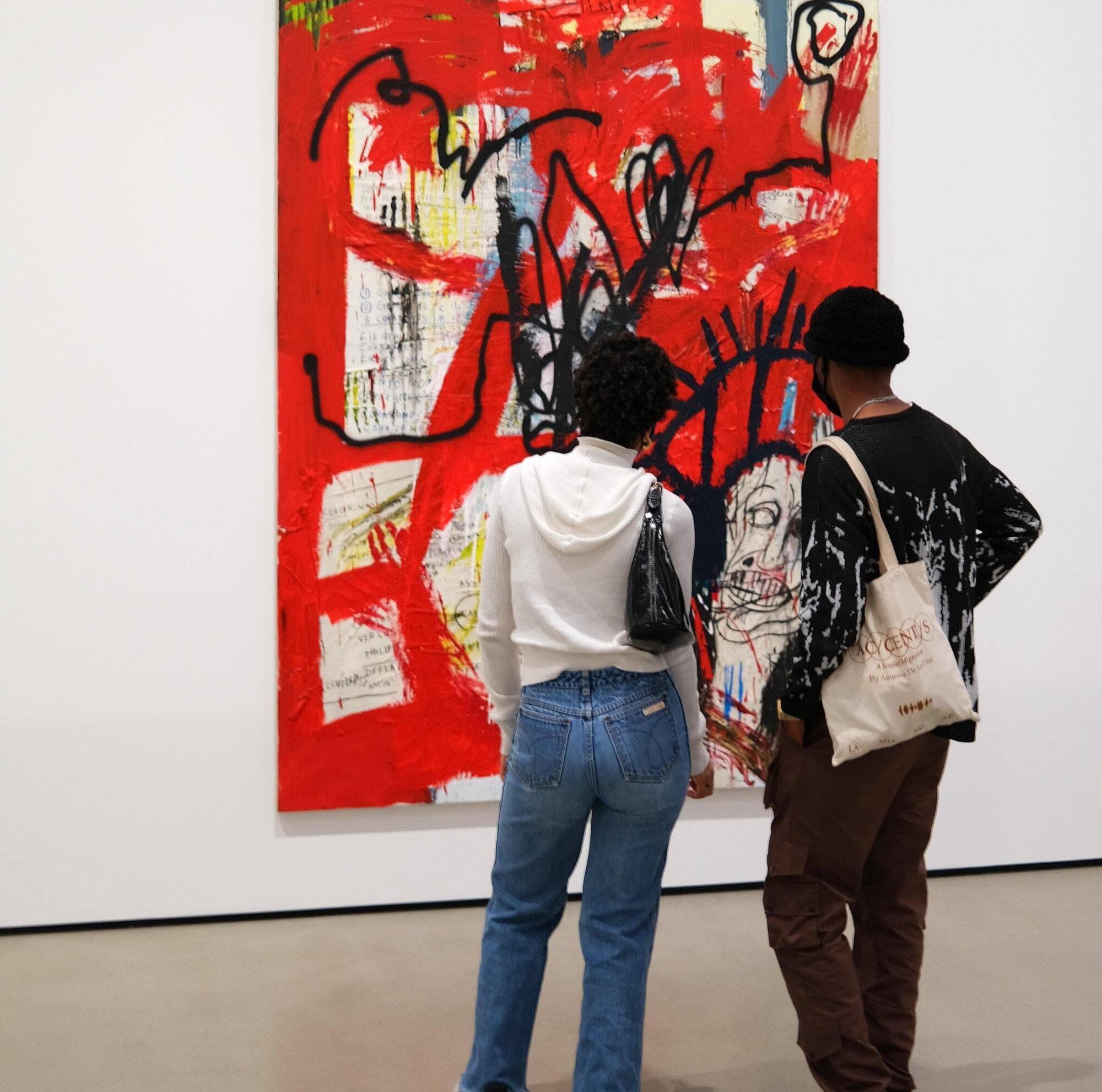A question sometimes asked about Art and artists is, ‘Must art have to have a purpose or meaning within?’ Modern Art begs this question because the Art found in art galleries and museums is confusing and absurd. In some circles like academia and teaching, there is an expectation, even a pressure, to have Art imbibed with meaning, there has to be a narrative or idea.
This is why modern Art is conceptual or abstract in the galleries, and pretty Art is seen as stale, for commercial purpose and not properly respectable Art. There is also the expectation of the art consumer, do we all want deep meaning in our art?
There are two relationships going on here: the artist vs the art, also the art vs the public. The public gets to draw conclusions about the art made; the artist has no authority or even control over how the art is seen, accepted, or interpreted. But even I find it bothersome that people find meaning in an art that was never intended to be there.
Art also always lives in a context; we can change the meaning of art by where we consume it. We look at art in a prestigious art gallery vs art on our phones. It changes the experience we have and the conclusions we draw.
A toilet in an art gallery seems serious, but the art on the phone is just one of the thousands of images, trivial, thrown away. The other relationship is the art to the artist. As artists, we can often struggle to find meaning in the art and with our life and careers. We ask ourselves why we are doing this. Why does this painting matter? What am I trying to achieve here?
Art for Art Sake
My answer is as complex and paradoxical as informed by my Buddhist leanings. Art is made for different reasons and to convey different things; sometimes, it’s ideas; other times, it offers up experiences; we forget life is supposed to be fun.
Escapism helps us put aside the burdens of life and relax, yet such an attitude is considered self-indulgent laziness. Like a sunset, art is a sensual experience that helps us unwind; there is no need to analyse it. Art doesn’t have to have meaning, as shown by Abbot McNeil Whistler and the movement of Formalism. Here, composition with colour, line, shape, texture, and other perceptual aspects rather than content or meaning is considered.
Artists can create art to look good. Conceptual art focuses on ideas, but Minimalist art rejects them; it is just colour and shapes, and there is no message or purpose. Buddhism also looks at life and art in the same way. Zen, in particular, understands it’s about being here and now, mindful of our sensory world.
I’m reminded of what Alan Watts, the populariser of Buddhism and Daoism, says about the purpose of dancing.
‘The sound of the rain needs no translation. In music, one doesn’t make the end of the composition the point of the composition… Same way in dancing, you don’t aim at one particular spot in the room… The whole point of dancing is the dance.’
Alan Watts
The purpose of the dance is the dance, an Autotelic or ‘self-purpose’ activity. Purposeless is where we have fun, just as kids will play without direction or aim.
This is my view of art; it can and often does have a message. Politics, beauty, ideas, and feelings can all be found in art. But some art needs no message; consider Black Square by Malevich, which has no form, no subject, no message, and no narrative. There’s nothing to get, no idea to apprehend, so art for art’s sake.

Art for sake is often derisorily looked at as mere decoration, that value judgement is not held by all. In the far east the decorative arts are held in high regard. It’s elitism, the fine arts looking down their noses at other forms of art and seeing them as inferior.
Self-obsessed
The anger over concept art can be understandable but ironic because it’s about the self-absorbed member of the public or art critic. The attitude of many towards abstract art bears this out; people get upset looking at abstract art because it doesn’t live up to their expectations, as if it is supposed to.
Art without a message highlights our narcissistic self-absorption and our egotism. We strut around art galleries (and life), grasping for meaning and purpose, expecting it to all make sense, demanding the world bend to satisfy our neediness. However, the world, including art and artists, is not obligated to live up to our expectations. It’s our insecure ego that’s the problem.
It’s the same teachings of the Buddha. We grasp for answers, and we suffer or get upset because we don’t get what we want.
Meaning and art have become like the pursuit of happiness. The more we chase after it, the less we seem to have of it. Those who argue that art must have a purpose are seemingly fettered to their expectations and dragged along by neediness to a world obliged to make sense. For myself, I chased after answers only to learn I didn’t need them. Chasing after something becomes a source of suffering, but letting go can paradoxically help you find it.
Something is compelling and upsetting about aimlessness and purposelessness because they are so foreign to how we usually work and live. Looking into the void, it becomes a wellspring of creativity and authenticity.
Eventually, we discover our obsession is the problem and learn to let go and not take ourselves and art so seriously. I can see why postmodernism art, especially comedy, exists, from Monty Python and Don Quixote to Deadpool. It pokes fun at our absurdity, taking life and art too seriously. The knots we tie ourselves into all in the pursuit of meaning and truth.
The purpose of purposeless art is to remind people that art and life don’t need a purpose; they’re there to be enjoyed, just like dancing. Let art be what it is; it’s not always a problem to be fixed. Let the experience wash over you through you, and let what happens arise and fall.
‘A painting — before being a battle horse, a nude woman, or some anecdote — is essentially a flat surface covered with colors arranged in a certain order’
Maurice Denis

